Tabasco is a small, verdant, and very hot state in southern Mexico. Mexico’s first civilization, the Olmec civilization, was based in Tabasco and neighboring Veracruz. The Maya built pyramids and wrote glyphic inscriptions there as well.
Last summer, when I was visiting Tabasco, I shot a video about the geography and some of the early history of Tabasco, including the Olmecs and the Maya. I finally finished editing the video just this week. Here it is in its finished form (plus some pictures related to the video).
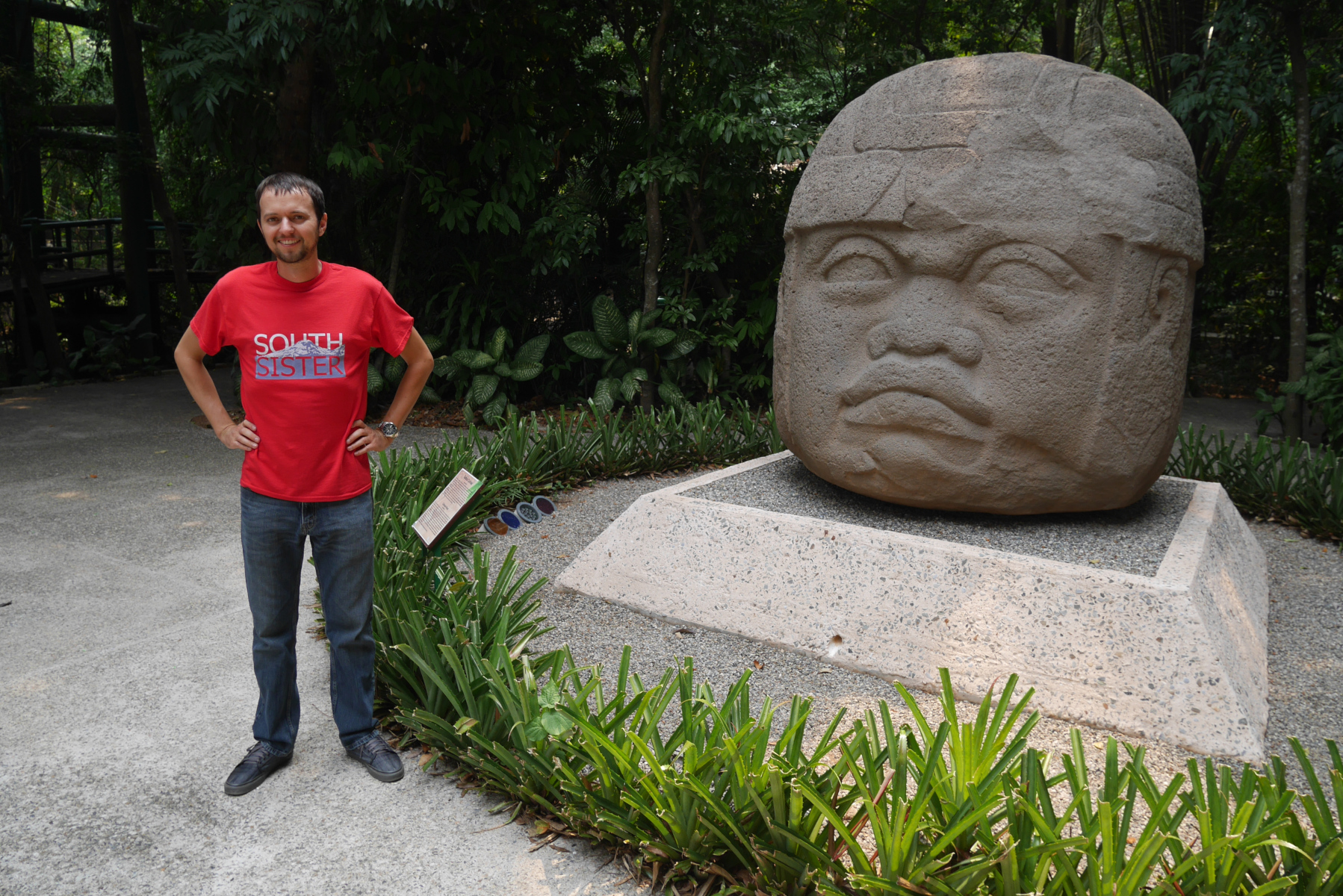
Mexico’s first civilization, the Olmec civilization, was based in Tabasco and neighboring Veracruz. The Olmecs are best known for carving giant stone heads. This one is La Venta Head #1. It was discovered at La Venta archeological site in the western part of the state, and moved to the state capital Villahermosa, when the site was threatened with destruction by Pemex, the government petroleum company. The four heads from La Venta reside in Villahermosa to this day.
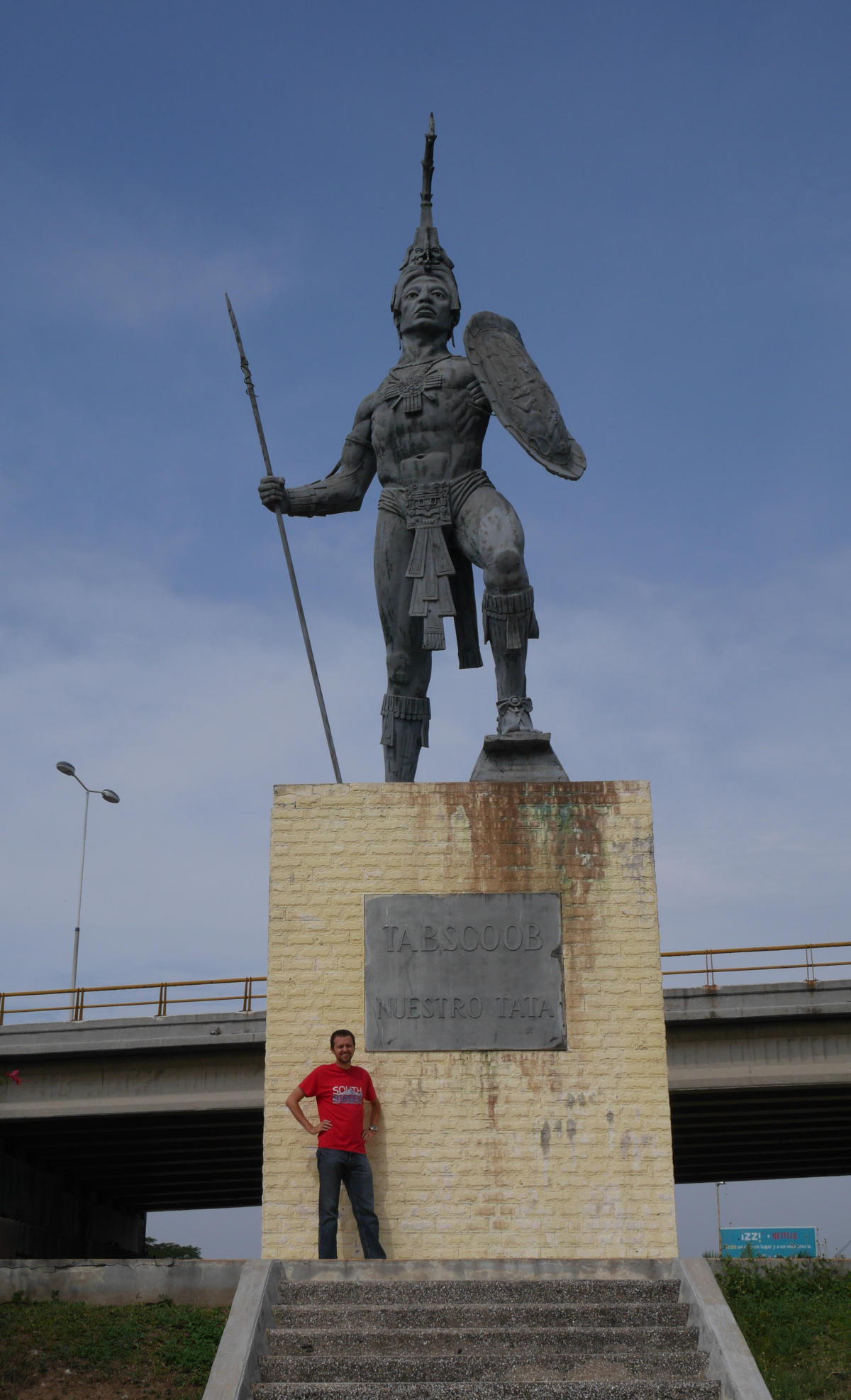
Mundo Maya, the realm of the Mayan civilization, extended into Tabasco. In fact, the name of the state is apparently derived from Tabscoob, the name of a Chontal Maya king who fought against Cortés in 1519. This is an impressive statue of him on the road to the airport in Villahermosa.
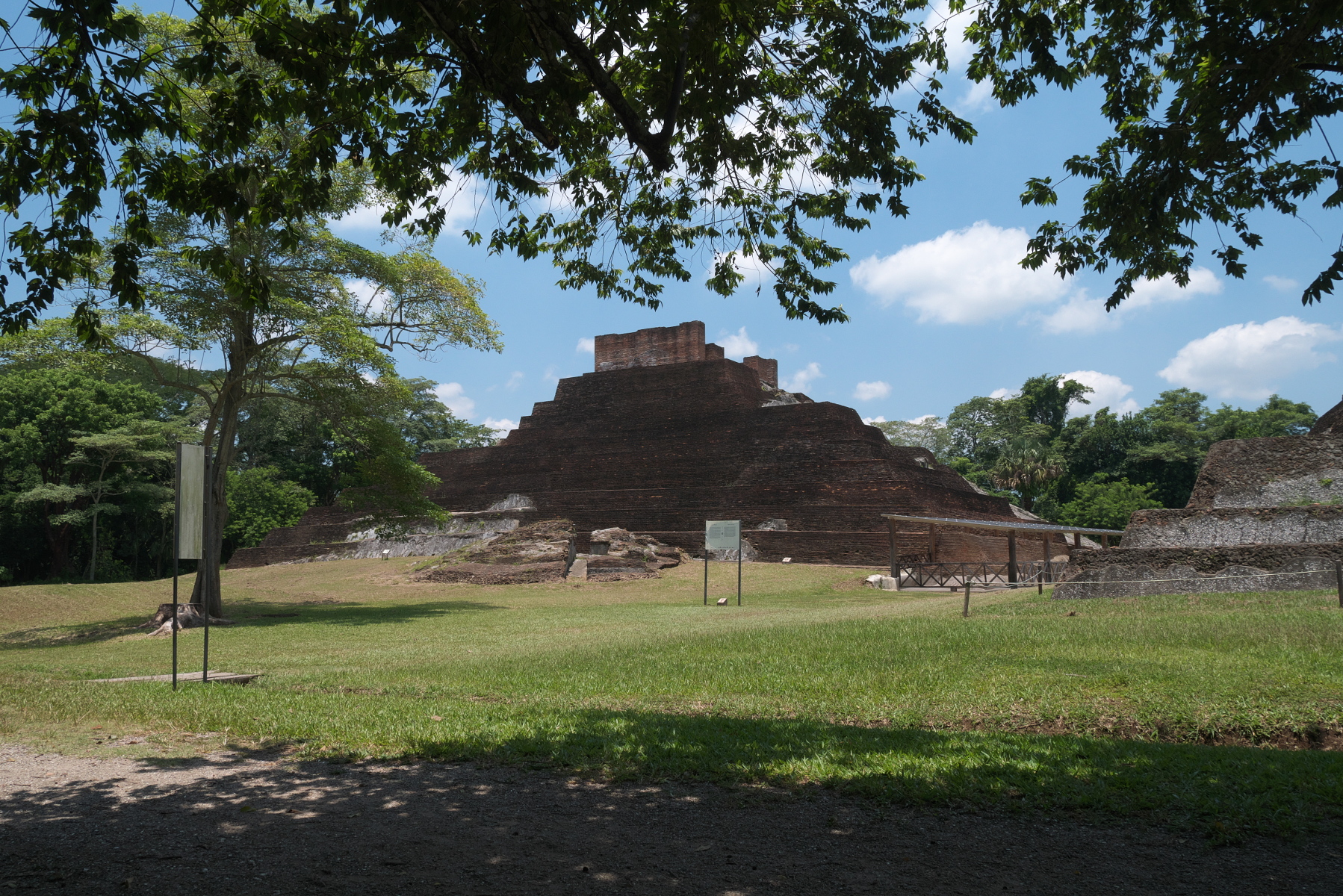
The most impressive Mayan site in Tabasco is Comalcalco. Like Palenque in nearby Chiapas, Comalcalco has a pyramid and a palace building. Unlike Palenque, and every other Mayan city, Comalcalco is built of brick, because there is no stone in that part of Tabasco. This is Temple I at the site.
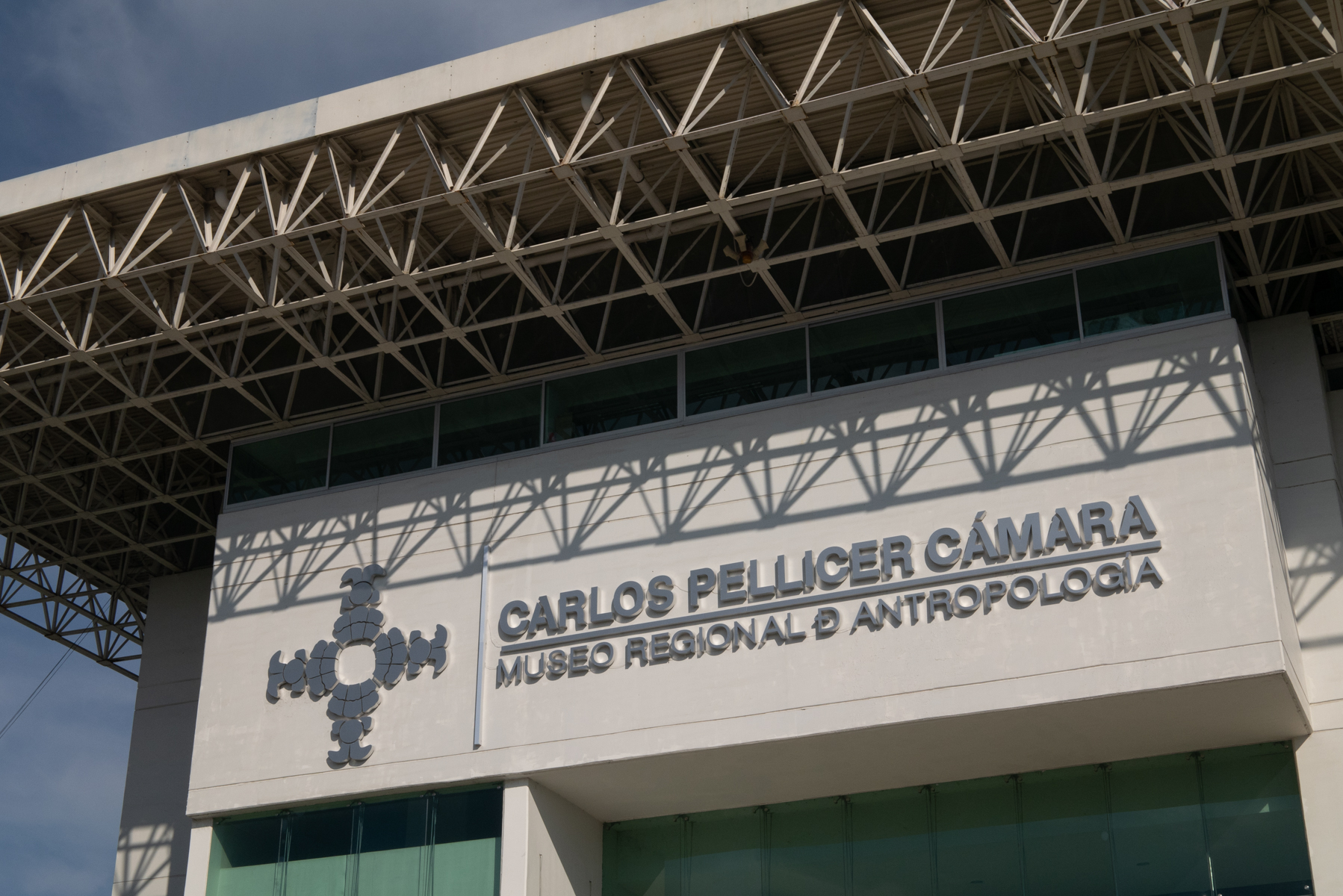
The Carlos Pellicer Cámara regional museum of anthropology in Villahermosa has a fine collection of artifacts, including one of the four La Venta heads. It is named for a famous Tabascan poet who was also an advocate for historic preservation.
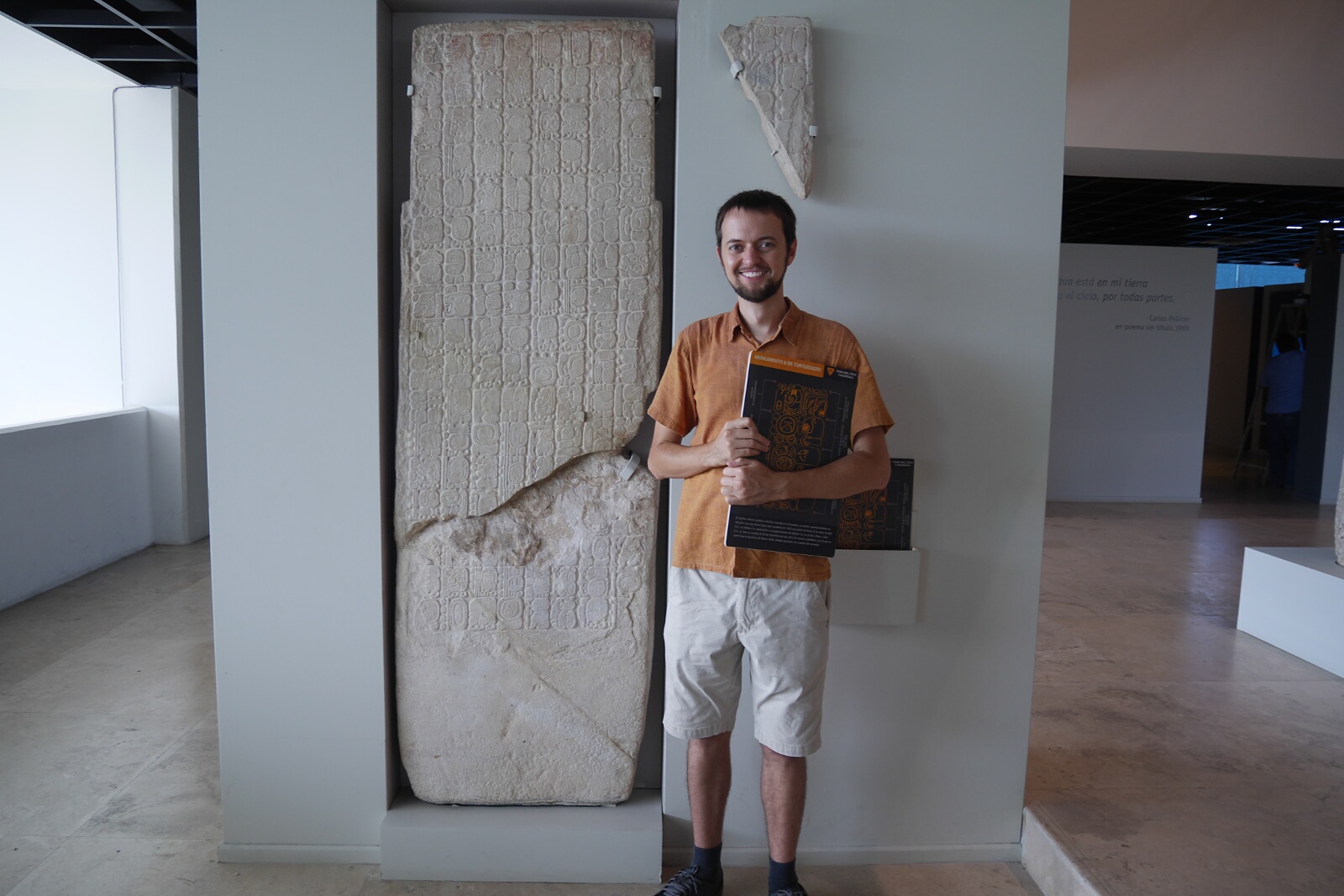
One of the artifacts in the Carlos Pellicer Cámara museum is the Tortugeuro Stela, which states that the Long Count, an ancient Mayan epoch, would terminate on a date equivalent to December 21, 2012. This was the source of fears that the world would end in 2012, although the stela doesn’t not make that claim. It just says that the Long Count would end then, and presumably a new one would begin.

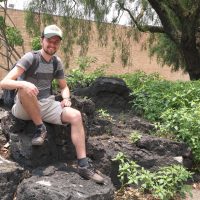

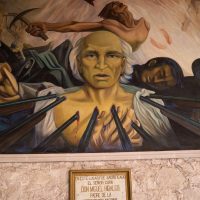

Leave a Reply